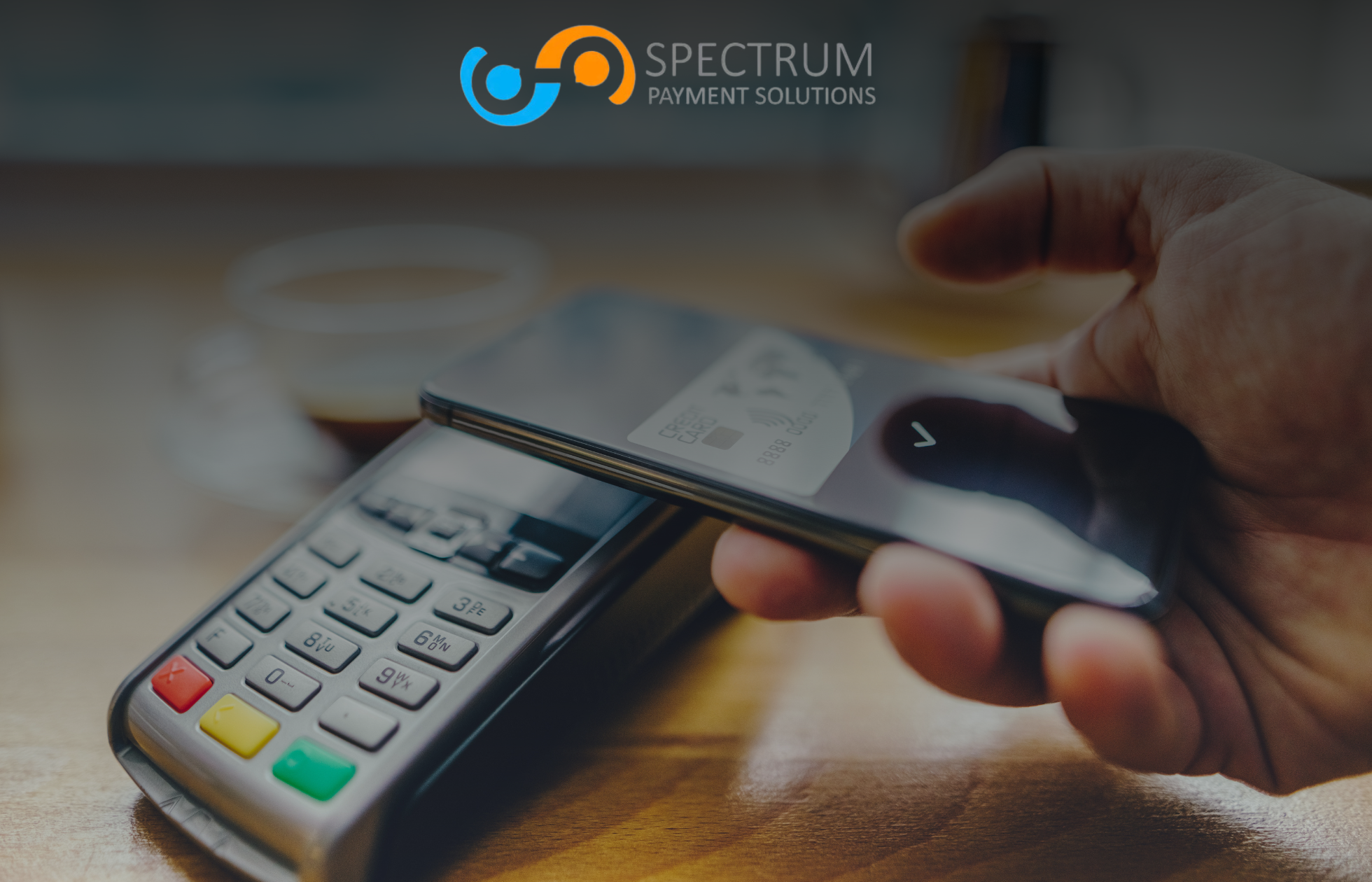
Chargeback Fraud Explained: Common Types, Prevention Strategies, and High-Risk Industry Insights
Explore the different types of chargeback fraud impacting high-risk merchants. Learn how to identify, prevent, and overcome fraud with expert strategies and secure payment solutions from Spectrum Payment Solutions.
Introduction: Understanding the Real Cost of Chargeback Fraud
Chargeback fraud is more than just a financial inconvenience—it’s a growing threat that undermines business stability, especially in high-risk industries. Whether it’s a customer disputing a legitimate purchase or unauthorized use of payment data, chargebacks can erode profit margins, damage your reputation, and put your merchant account at risk.
In this article, we uncover the key types of chargeback fraud, examine why they occur, and share actionable solutions to help your business minimize risk and operate more confidently. Let’s begin by defining what chargeback fraud really entails.
Section 1: What Is Chargeback Fraud—and Why It Matters
Chargeback fraud occurs when a cardholder disputes a charge with their bank—often without valid reason—resulting in a reversal of funds. This deceptive practice is particularly harmful to merchants in high-risk sectors like cannabis, nutraceuticals, adult entertainment, or online tobacco sales.
The financial and operational implications are serious: increased chargeback ratios, potential account termination, and loss of trust. Identifying the nature of chargeback fraud is the first step in building an effective response.
Section 2: Friendly Fraud
Friendly fraud refers to chargebacks initiated by customers who knowingly or unknowingly dispute legitimate transactions. Common causes include forgotten purchases, misunderstandings about recurring charges, or intentional misuse of the dispute process.
How to Prevent It:
- Use clear billing descriptors.
- Provide transparent refund policies.
- Maintain thorough records and proof of delivery.
Section 3: True Fraud
True fraud involves unauthorized use of payment credentials, often due to stolen or compromised card information. Once the cardholder identifies the unauthorized charge, a chargeback is filed.
Key Safeguards:
- Implement robust identity verification protocols.
- Use EMV chip technology and PCI-compliant payment systems.
- Monitor transactions in real time for red flags.
Section 4: Merchant Error
Errors such as incorrect billing, duplicate charges, or fulfillment mistakes can lead to chargebacks—even if unintentional. While these are not fraud in the traditional sense, they still carry financial consequences.
Minimize Risk By:
- Conducting regular QA audits.
- Ensuring real-time order tracking and customer communication.
- Promptly resolving disputes with transparency.
Section 5: Family Fraud
Family fraud occurs when a household member, often a child or spouse, makes a purchase that the cardholder later disputes. While typically accidental, the outcome mimics true fraud in its impact on the merchant.
Mitigation Tips:
- Use itemized receipts and order confirmation emails.
- Include parent verification for youth-targeted platforms.
- Make account-level access management available to users.
Section 6: Affiliate Fraud
Affiliate fraud involves unethical marketing partners creating fake transactions or misleading campaigns to earn commission payouts. This can result in chargebacks when end-users dispute unfamiliar charges.
Prevention Strategies:
- Vet affiliate partners thoroughly.
- Monitor traffic sources and order patterns.
- Use affiliate fraud detection tools and enforce compliance policies.
Section 7: Chargeback Fraud in High-Risk Industries
High-risk merchants face a greater volume and complexity of chargeback fraud due to elevated scrutiny, regulatory gray areas, and transaction types (e.g., subscriptions or international orders).
Industry Examples:
- Cannabis
- Online tobacco and eCigarettes
- Digital wellness and supplements
- Adult content and services
Choosing a payment processor familiar with your vertical is essential to minimize chargebacks and manage risk.
Section 8: Technology as a Defense: EMV, PCI, and Gateways
Modern payment technologies play a critical role in defending against fraud:
- EMV reduces card-present fraud through chip verification.
- PCI Compliance ensures systems meet security standards.
- Secure Payment Gateways offer real-time fraud detection and analytics.
Integrating these tools helps safeguard customer data and block fraudulent transactions before they happen.
Section 9: Actionable Chargeback Prevention Tips
Here’s a practical checklist to reduce chargeback exposure:
- Document all transactions and communication.
- Train customer service teams to de-escalate disputes.
- Use clear, recognizable billing descriptors.
- Incorporate fraud screening and verification tools.
- Respond promptly to chargeback notices with evidence.
A proactive approach ensures you stay one step ahead of potential losses.
Section 10: Why Spectrum Payment Solutions Is Your Best Ally
Spectrum Payment Solutions delivers tailored support for high-risk merchants, including:
- Advanced fraud protection
- Chargeback mitigation tools
- Seamless integrations
- PCI-compliant payment gateways
- High-risk merchant account solutions
Whether you’re scaling your business or navigating complex industry regulations, our team ensures your payment environment remains secure, efficient, and optimized for success.
Conclusion: Defend Your Revenue with Knowledge and the Right Partner
Chargeback fraud may take many forms, but with education and the right infrastructure, it becomes manageable. Understanding each type, investing in preventative tools, and working with a dedicated provider like Spectrum Payment Solutions can transform risk into resilience—and protect your revenue long-term.




